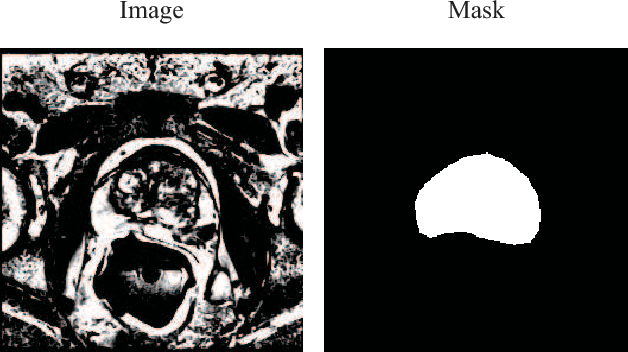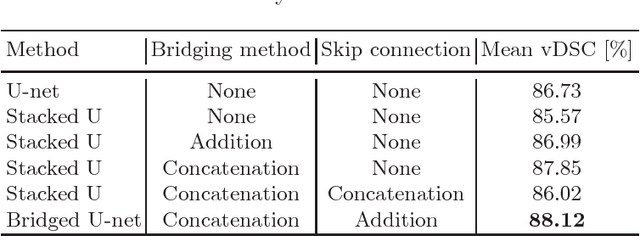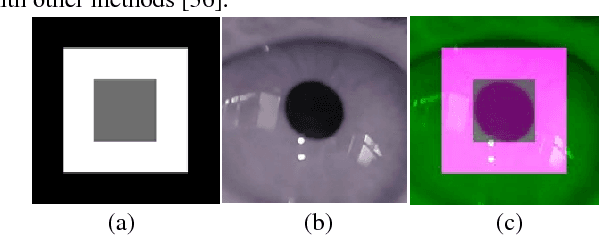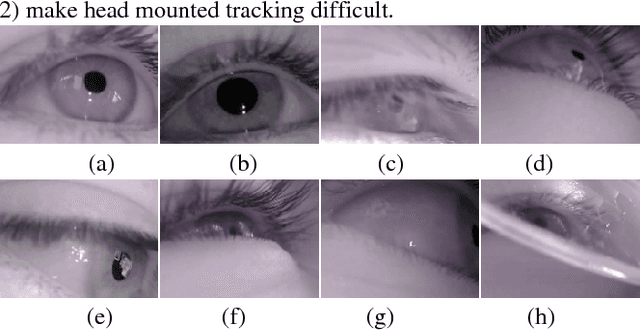Hongjian Shi
Prostate Segmentation using 2D Bridged U-net
Oct 16, 2018



Abstract:In this paper, we focus on three problems in deep learning based medical image segmentation. Firstly, U-net, as a popular model for medical image segmentation, is difficult to train when convolutional layers increase even though a deeper network usually has a better generalization ability because of more learnable parameters. Secondly, the exponential ReLU (ELU), as an alternative of ReLU, is not much different from ReLU when the network of interest gets deep. Thirdly, the Dice loss, as one of the pervasive loss functions for medical image segmentation, is not effective when the prediction is close to ground truth and will cause oscillation during training. To address the aforementioned three problems, we propose and validate a deeper network that can fit medical image datasets that are usually small in the sample size. Meanwhile, we propose a new loss function to accelerate the learning process and a combination of different activation functions to improve the network performance. Our experimental results suggest that our network is comparable or superior to state-of-the-art methods.
Head Mounted Pupil Tracking Using Convolutional Neural Network
Jul 17, 2018



Abstract:Pupil tracking is an important branch of object tracking which require high precision. We investigate head mounted pupil tracking which is often more convenient and precise than remote pupil tracking, but also more challenging. When pupil tracking suffers from noise like bad illumination, detection precision dramatically decreases. Due to the appearance of head mounted recording device and public benchmark image datasets, head mounted tracking algorithms have become easier to design and evaluate. In this paper, we propose a robust head mounted pupil detection algorithm which uses a Convolutional Neural Network (CNN) to combine different features of pupil. Here we consider three features of pupil. Firstly, we use three pupil feature-based algorithms to find pupil center independently. Secondly, we use a CNN to evaluate the quality of each result. Finally, we select the best result as output. The experimental results show that our proposed algorithm performs better than the present state-of-art.
 Add to Chrome
Add to Chrome Add to Firefox
Add to Firefox Add to Edge
Add to Edge